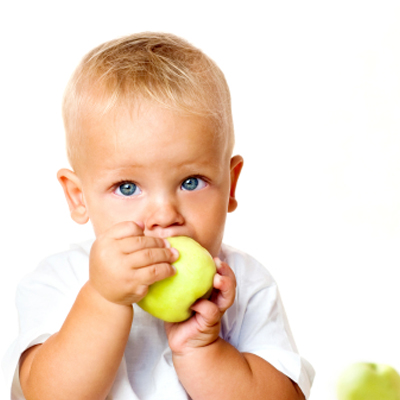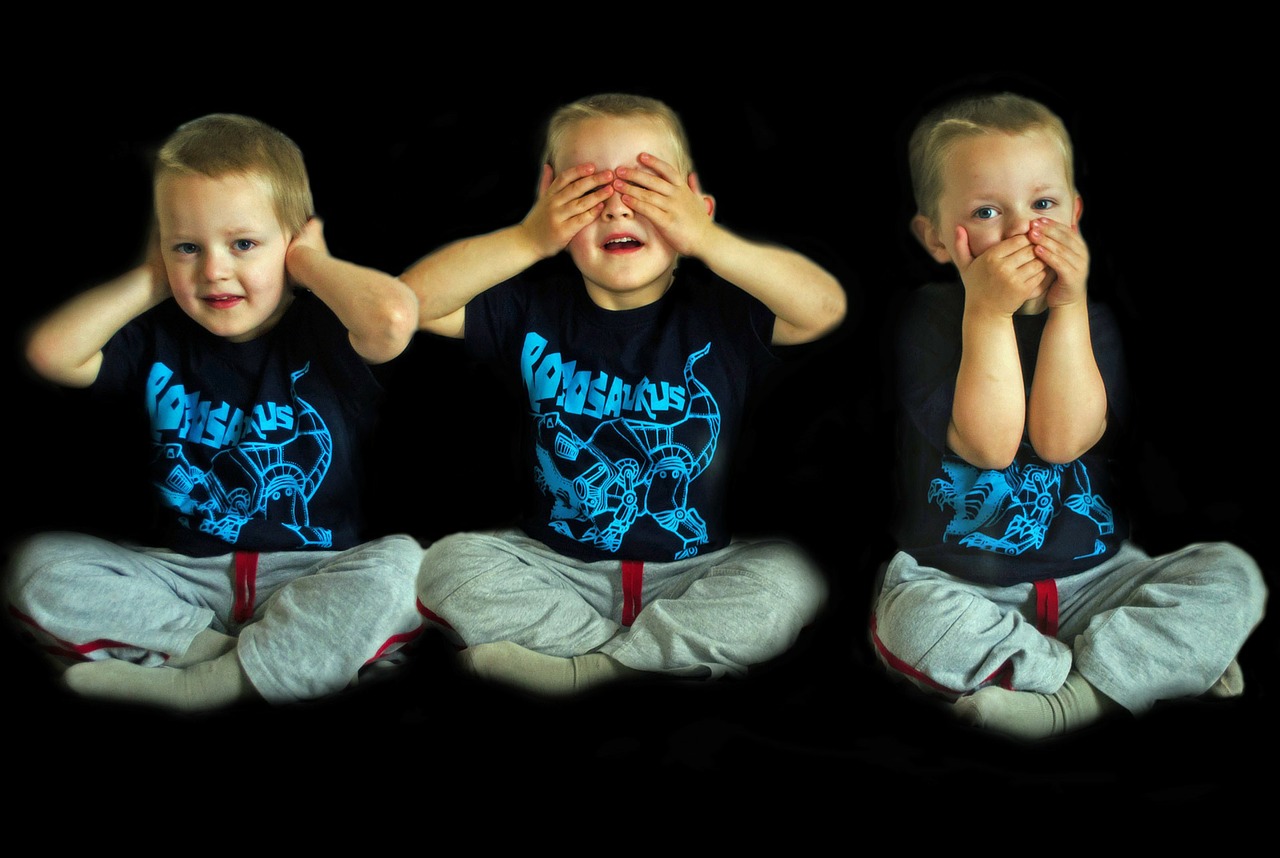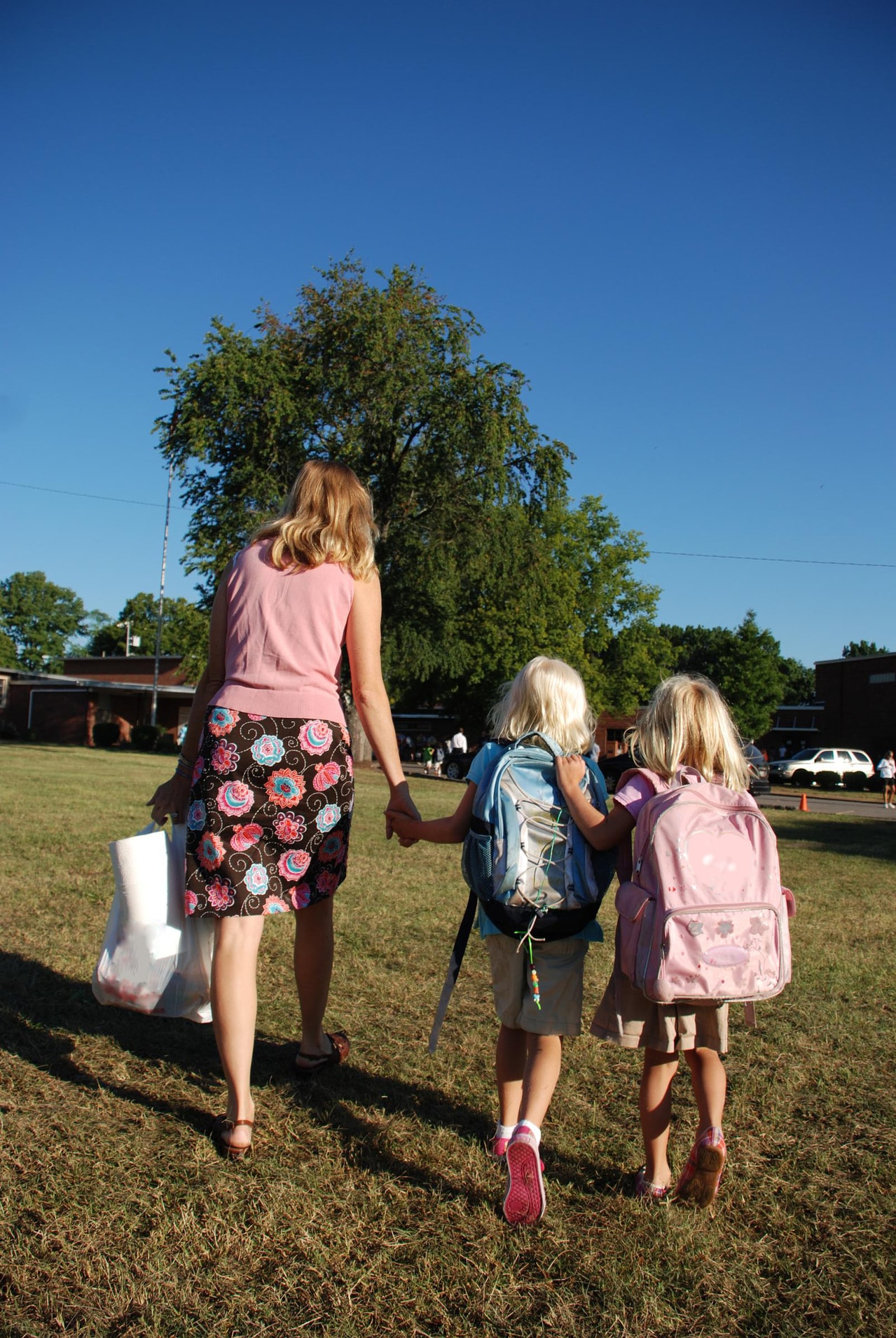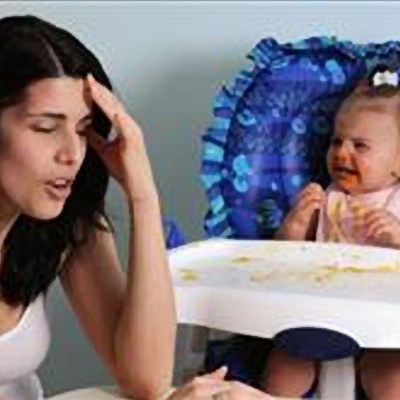4 Fun Ways to Get Baby to Talk
How to teach your baby to learn and love language and conversation? For months, in my family, silence was an enemy. No matter how hard my wife and I tried, no matter how much we read to and blabbed at our baby daughter, the kid wouldn’t speak a lick. Sure, she smiled and giggled when we acted goofily. And yes, she grabbed her stuffed walrus when we asked her to. Brain cells were clearly functioning correctly. But for months there simply were no words. Maybe we were a bit neurotic. Around the baby’s 10-month mark, we were vexed; by 12 months, we became concerned. We were about to contact our pediatrician when the baby let out a loud “Mama.” She hasn’t stopped talking since. All that worrying! All those nights hunched over books about what to expect! Our Type-A panic was all for naught. The truth is that helping our babies acquire language skills may be easier and more natural than we think, so say many speech pathologists and child psychologists. It turns out, those of us who have called this process “learning to talk” have had it all wrong; the art of communication is much broader than our babies acquiring new words and regurgitating them upon command. It requires a positive environment that fosters trust and celebrates success. It requires repetition. Most important, at least to Larry Gray M.D., assistant professor of developmental and behavioral pediatrics at the University of Chicago Medical Center, it requires fun. No matter what kind of expert you ask, the current thinking is this: Present parents who interact with their babies help create kids who’ll succeed,” says Dr. Gray. In other words, as long as you talk to your kids and keep them interested, you can’t go wrong.
Here are four steps to help you be a present parent who rocks: 1.Conversation Starters It’s never too early to instill a love for language; just ask Alice Finch of Seattle. Just after Finch’s first son was born, she and her husband engaged the boy nonstop, even going so far as to create a series of fabric books to spark an interest in words. The strategy worked wonders, and the baby said his first words at about 6 months old. “Tremendous brain growth is happening from day one,” Finch says. “I knew from the beginning I was going to provide lots of opportunities for exposing my kids to the details of life.” The truth is Finch’s son likely started learning language even before these tactical forays into language immersion. Recent research out of the University of Amsterdam indicates that most kids start acquiring rudimentary language skills (such as cadence and beat) while they’re still in the womb. After birth, though communication skills may not “click” immediately, rest assured: Those baby-brain synapses are firing. Babies can take weeks to assimilate words they hear every day—often giving us parents no clues there’s learning going on behind the scenes, says Kathy Hirsh-Pasek Ph.D., a director of the Temple University Infant Laboratory in Ambler, Pennsylvania. “From day one, babies are hearing information, so they can later compute the frequencies of what they hear and figure out how words and phrases and sentences fit together,” Hirsh-Pasek quips. “They’re constantly constructing how language works.” What you can do: Remember there’s no such thing as too much exposure to language during your child’s earliest stages. Talk often. Get creative (like Finch’s fabric books). Be patient if all you hear at first are crickets. 2.Total Exposure Over time, the more words your child hears, the better. The Finches made a concerted effort to talk to their son as much as possible. For Kevin and Libby Frank of Cincinnati, the strategy with their firstborn was much more free-form. Sure, the couple tried quizzing the baby on certain key words. Ultimately, however, Libby says her daughter learned best through repetition. “One day after I got cut off in traffic, I heard this little voice from the backseat say, ‘num-nuts!’ and I knew something was working,” Libby remembers. Experts say the “how” of language exposure doesn’t matter as much as exposure itself. The seminal study on this topic, the 1995 book Meaningful Differences in the Everyday Experience of Young American Children, correlated the number of words a child hears by age 3 to that child’s success later in life. Modern experts agree that the more words our children hear as their brains develop most significantly, the better. What you can do: This isn’t as hard as you might think. One great way to achieve this goal is by using “self-talk,” the clinical term for a play-by-play of one's day-to-day activities, says Dr. Gray. “Imagine yourself as a radio announcer broadcasting details of your world to the most important listener of all,” he says. Dr. Gray adds that while the approach feels very awkward at first and you may feel kind of silly, parents end up sharing thousands of words an hour and “can turn the routine into a fun, language-based learning experience.” 3.Make Conversation Words, however, can’t exist in a vacuum. Think of language skills like a garden; the more they blossom, the more they must be nurtured. This means consistent interactions as your child gets older. Just because your kid appears to be getting the hang of things doesn’t mean you can spend more time on your cell phone or on Facebook (or both). Now’s the time to emphasize the give-and-take nature of conversation: talking and listening. Such is life for Dan and Susan Twetten of Chicago. Dan, an attorney, says he and his wife strived to embrace language-oriented activities to share with their daughter, including conversations and responsive readings or singalongs. That Susan stayed home with the baby made it easy to weave these activities into a daily routine—one that to this day comprises interactive language games designed to spark learning. “Our methodology, if you’d call it that, was to just stay involved,” Dan says, noting that the real language explosion happened between 20 and 24 months. “I know there are a lot of different theories on the subject of language acquisition, but it all seemed pretty straightforward to us.” What you can do: First, when speaking to your child, allow for a response, even if he isn’t old or verbal enough to give one. Second, be patient. If your child misidentifies certain colors or objects, be sure to acknowledge the effort in and of itself. Finally, turn off the television. Janice Im, senior director of programs for Zero to Three, a nonprofit in Washington, D.C., says even “educational” programs are no substitute for face-to-face, one-on-one interactions. For parents without the luxury of staying home, many child-care facilities embrace similar tactics and plan curriculum around them. At KinderCare Learning Centers, the nation’s largest early-childhood education and care provider, for instance, educators emphasize reading, sing-alongs and word games such as rhyming and poetry. “It’s all about creating an environment where language becomes part of a bigger and broader context,” says Linda Nelson, a senior curriculum developer for the company's education department. “We all began to learn what we know about conversation at an early age. 4.Success = Party Time Of course, understanding comes most easily when it’s fun and rewarding. When our daughter picks up new words and phrases, we clap like cheerleaders and chant her two-syllable name as if she’s playing shortstop for the San Francisco Giants. We try to reinforce vocabulary development by singing duets where we take turns filling in appropriate words. For instance, a current favorite is “Clementine.” I sing, “Oh my” and she adds “darling,” then I sing, “Oh my darling,” and she finishes with “Clementine.” What you can do: Dance a jig the first time your baby strings together two or three words. Ask open-ended questions such as “What do you see in this picture?” Be sure to allow time for your baby to respond in her own way. Perhaps most importantly, engage your child and look him in the eye when speaking to him. “The more direct one-on-one interactions you can have, the happier and more engaged your baby is going to be,” says Nancy Tarshis, a speech and language expert at the Children’s Evaluation and Rehabilitation Center in New York. “Become excited but also reinforce what they say by responding contingently, either by getting them what they are requesting or by making a very related, relevant comment.” In most cases, these steps should lead to (lots of) talking. And as a parent who has worried about his child’s language acquisition from the very beginning, I can attest: Silence is totally overrated. Look who's talking: Though every baby is different, there’s a predictable progression to his language skills. Here’s a look at what to expect when. 0 to 4 months: Mostly cooing and gurgling sounds; children mimic certain noises and are particularly interested in the pitch and level of your voice. 4 to 7 months: Babbling at first; sounds like B, D and M are evident. 7 to 12 months: Sounds diversify into grunts and squeals; first words usually emerge around baby's first birthday. 12 to 18 months: Vocabulary grows exponentially; multiple- word combinations are not unusual. 18 to 30 months: Small phrases, sentences and more. If by 18 months your child isn't speaking at least 15 words, contact your pediatrician.
Retrieved From: http://goo.gl/2bq6Cu
|
|

















